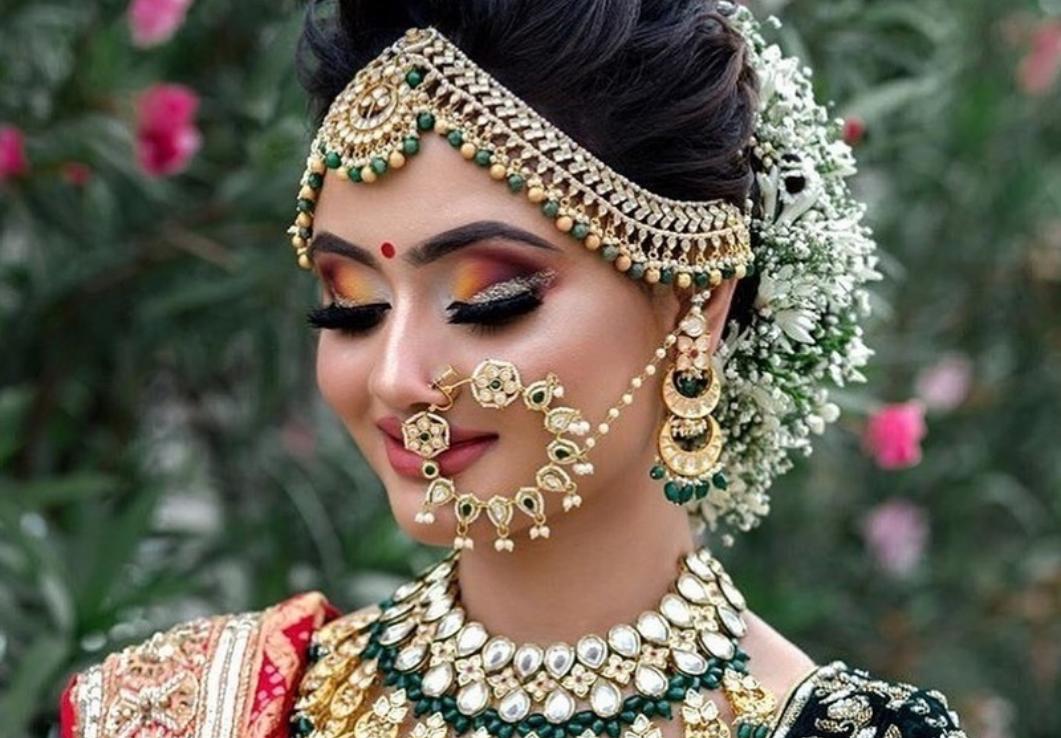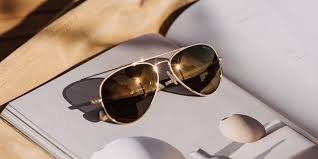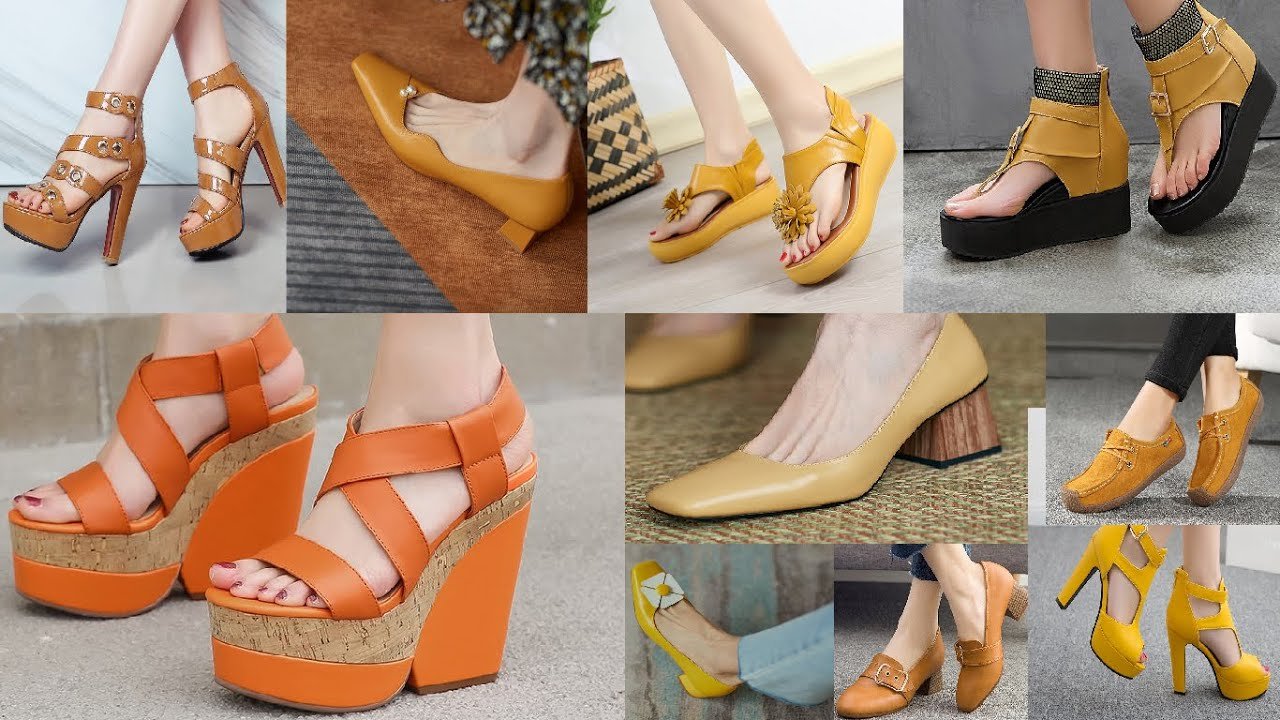There are so many different kinds of necklaces available; with so many different necklace lengths, styles, and materials to select from, it may be overwhelming to sort through them all. To help you choose the ideal necklace style for you, we’ve put together this comprehensive glossary of necklace terms.
Chain lengths
Have you ever wondered how to specify the length of a necklace you want? Perhaps you’ve been shopping online and are unsure of how to interpret the information in the product descriptions. These are the frequent names the jewellery business employs for normal necklace lengths, so you’re covered:
- 12–13-inch choker that fastens firmly around the neck.
- 14–16-inch collar that hangs at the base of the neck
- Princess: 17 to 18 inches; hangs down to the collarbone
- Afternoon: 20 to 24 inches, below the collarbone
- Opera: falls around the ribs, measures 28–36 inches.
- 36–51 inch rope that hangs freely and reaches the waist
Don’t feel constrained by tradition even if these lengths are the norm for necklaces. A necklace may always be chosen to be lengthened or shortened to your preferred measurements.
Necklace Designs
Necklaces can vary significantly in terms of their materials, forms, and sizes in addition to length. Let’s learn about some of the most common necklace designs:
Pendants
Pendant necklaces are presumably well-known to you; they’re timeless for a reason. The pendant that hangs from the necklace itself may be almost anything, and by mixing the pendant type with various lengths, you can create a variety of appearances. They can be pretty at a princess length, much more dramatic at a rope length, or anything in between. Engrave your pendant with a special message or pattern to add some creativity to this straightforward necklace design.
Locket gold-locket-pendant-labeled
A locket is a sort of jewellery that opens up to reveal a place where you may keep a souvenir or a picture. The amount of images or the form of the memento it may retain are normally determined by the size of the locket. Lockets are historically used to keep memories of loved ones close; they may hang from necklaces of any length or even other types of jewellery.
Lariat
A lariat is a single long piece that may be tied in a loose knot at the desired length or stitched together via a loop at one of the ends to create a necklace that loops around the neck without a clasp. Feel free to dress up a matinee or opera-length lariat with an exquisite attire as this draping technique gained popularity during the Gatsby era.
GOLDEN TORQUE OLDEN
Metal is twisted and fashioned into a torque necklace so that it may be worn around the neck securely. Since the necklace’s ends do not meet, they frequently have decorative patterns or ball finishes there. Because they lack a clasp, torque necklaces are distinctive because they have an intriguing, unfinished appearance.
Festoon
Festoon necklaces are a complex structural design with several interwoven layers of adornment that fall to the collarbone or chest region. They frequently resemble spiderwebs. They frequently have a vintage or antique appearance and can be created out of chains, beads, or metals draped in a creative design.
Graduated
The most popular type of graduated necklaces are made with graduated pearls; bigger pearls are strung towards the centre of the necklace, and the size of the pearls gradually diminishes from that point as each side stretches back towards the nape of the neck (thus the name).
Diamond graduated necklaces are extremely popular; its timeless, understated, and beautiful design may quickly spruce up an appearance.
Like its nickname, Bib Bibs are broad, hefty necklaces that span the chest or collarbone. Although they can be ornamented or embroidered to give them a little more flair, they are normally flat to cover a larger surface area. Bibs may be fashioned of any material, including velvet, beads, metal, enamel, or even feathers.
Chain
Chain necklaces, on the other hand, are frequently made to be simple accessories. Chain necklaces are typically created with a straightforward metal strand that has been shaped into intriguing designs, like the paper clip chain shown below. They go nicely with practically any other jewellery piece, making them a simple and wonderful addition to any capsule jewellery sets collection.
How to Style Your Favourite Necklaces in the Current Fashion
Here are some trendy styling suggestions to get you motivated now that you are familiar with the terminology for different necklace lengths and designs.
layers of hair
Without exerting too much effort, layering necklaces may enhance your sense of style and provide a more fascinating appearance. To visually separate the necklaces, look for ones that are a few inches apart in length. Mixing and matching necklaces based on metal type, colour, or style is another typical method of layering necklaces. For those occasions when a single strand simply won’t cut it, you may get a full appearance that extends from your chin to your chest in this manner. One common technique to display numerous minimalist necklaces is by wearing two or three gold necklaces in various lengths.
Personalised necklaces
Currently, a lot of ’90s fashion trends are making a comeback, including jewellery. Wearing your name around your neck is one of the jewellery styles that is making a reappearance now, thirty years later. Nameplate necklaces keep you fashionable and distinctive since they emphasise a distinctive aspect of your personality. Use several typefaces to spell out your name on your necklace to make it uniquely yours, or choose an engraved pendant for something a bit more understated.
Star signs
What sign are you? That’s true, displaying your astrological sign is a fun new way to express yourself via fashion. When you need a little solar system boost, choose a pendant that depicts your sun sign and wear it. You can even create a whole layered style with a series of necklaces inspired by your astrological chart.
large chains
Chunky chain necklaces are now popular, in contrast to the minimalist style. You may create a simple style that fits for every occasion by wearing a single large chain, or you can link thick chains in various lengths to make a bigger statement without going overboard with colours and patterns.
You should be prepared to choose the next necklace for your collection and design it as you like now that you are informed on all the terms related to artificial necklaces. Whatever necklace (or necklaces) you pick, bear in mind that they should be regularly polished every six months and detangled as necessary to preserve them in good condition.




